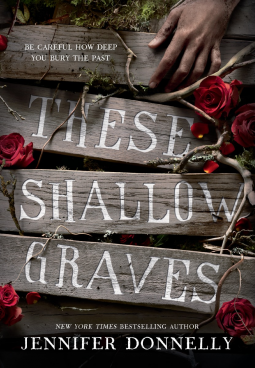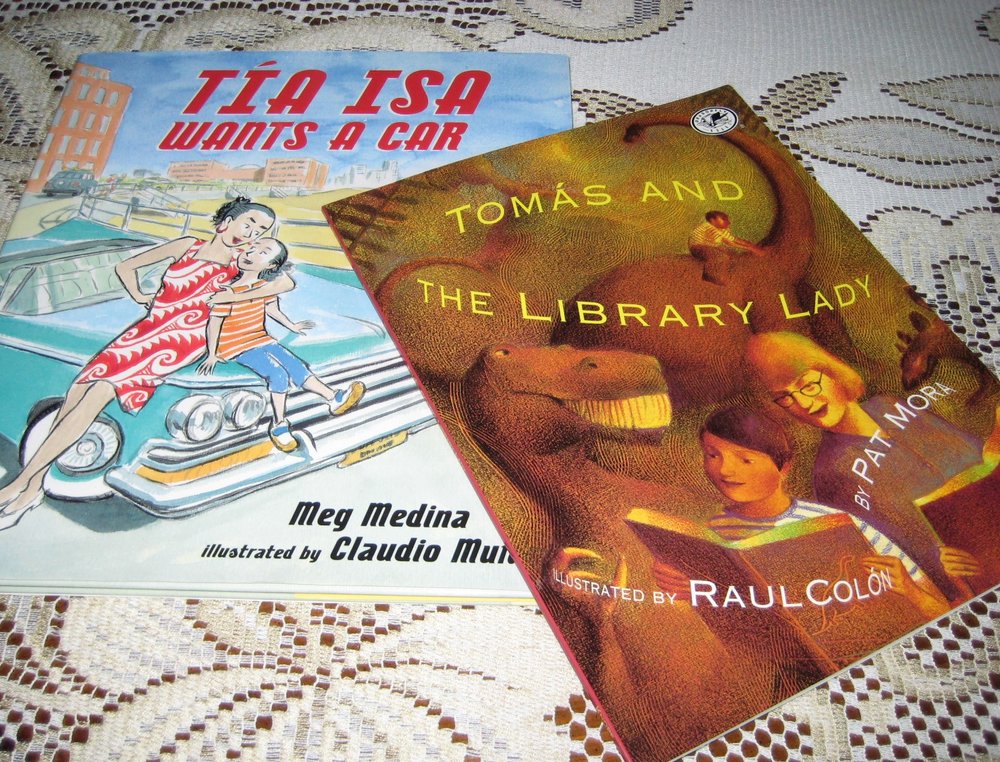 Bits of a Civil War diary by Louise Duncan Mayhew in the 1860s, introduce each chapter of Lisa Lewis Tyre’s middle grade novel, Last in a Long Line of Rebels. That story informs the primary one of present day urgency for the writer’s namesake Lou Mayhew as she tries to save her home from being demolished in a case of eminent domain.
Bits of a Civil War diary by Louise Duncan Mayhew in the 1860s, introduce each chapter of Lisa Lewis Tyre’s middle grade novel, Last in a Long Line of Rebels. That story informs the primary one of present day urgency for the writer’s namesake Lou Mayhew as she tries to save her home from being demolished in a case of eminent domain.
In her debut novel, Lisa Tyre sets her story in rural Tennessee where the characters ring true and the family doorbell plays “Rocky Top,” the University of Tennessee theme song.
Lou has several issues beside saving her house that are skillfully woven into the mix. There’s the richer classmate gloating over her upcoming trip while insinuating that Lou will have nothing interesting to tell at the end of the summer, the embarrassment of discovering that her ancestors were slave owners, the black high school friend shafted by a racially biased coach who recommends a less skilled white player for an athletic scholarship at UT, and the impending birth of a new sibling. She gets her adventure underway with a rash promise to attend church in a last resort prayer and a hope that she and her cronies can find some rumored gold hidden during the Civil War. Her hip grandmother Bertie, who is bound to be up to something, adds additional color.
Near the halfway mark in the novel, Lou discovers the diary. The note at its beginning gives her a connection with its author:
If you find this, my dear friend
The heartfelt musings I have penned
Know they belong to me alone
Until I lie beneath cold stone.
Louise Duncan
Humor abounds in comments like, “Just my luck. The one time I wanted to hear the preacher ramble on, he couldn’t” or “Pastor Brown said . . . that money doesn’t buy happiness. I could tell him that being poor ain’t no big whoop either.” Other lines touch the heart, “It struck me that mothers spend a lot of time saying bye.”
If you have a middle schooler who loves a good book, buy a copy for a gift. Treat yourself and pre-read it before you give it away. I hope you enjoy it as much as I did.





































